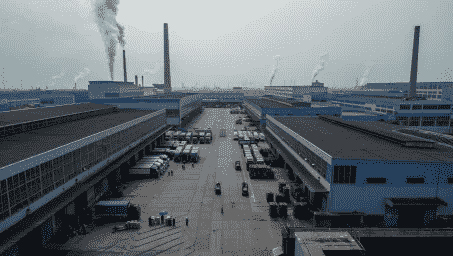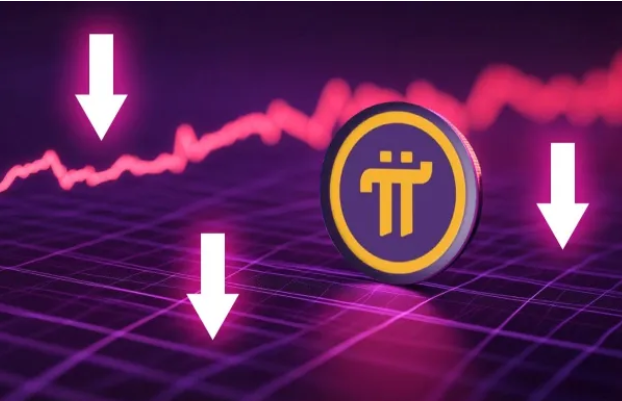China’s economy showed fresh signs of strain in August as factory output and retail sales registered their weakest growth in nearly a year, raising pressure on Beijing to consider additional stimulus. The slowdown has sparked debate among economists on whether further fiscal measures are required to meet the government’s annual growth goal of “around 5%.”
According to the National Bureau of Statistics, industrial production expanded 5.2% year-on-year, a drop from July’s 5.7% and below market forecasts. Retail sales, a key gauge of consumer demand, rose just 3.4% in August, the slowest pace since late 2024, also missing expectations.
“The strong start to the year still keeps this year’s growth targets within reach, but similar to where we were at this time last year, further stimulus support could be needed to ensure a strong finish,” noted Lynn Song, chief economist for Greater China at ING. He added that although consumer loan subsidies began in September, more policy support—such as a possible rate cut or reduction in banks’ reserve requirements—might still be required.
Fixed-asset investment also underperformed, growing only 0.5% in the first eight months compared with 1.6% previously, its weakest level outside the pandemic. The persistent property market slump and fragile job sector continue to weigh heavily on demand.To counterbalance, Beijing has urged manufacturers to seek new export markets. While shipments to Southeast Asia, Africa, and Latin America have increased, the domestic property drag remains a major hurdle.ANZ strategist Zhaopeng Xing observed that while economic momentum is weakening, the situation has not yet deteriorated enough to trigger large-scale stimulus. “Policies and measures to support service consumption are expected to offset the impact of aggregate demand this month,” he added.
Weak Retail Sales and Factory Output Raise Doubts on China’s 2025 Growth Goal






